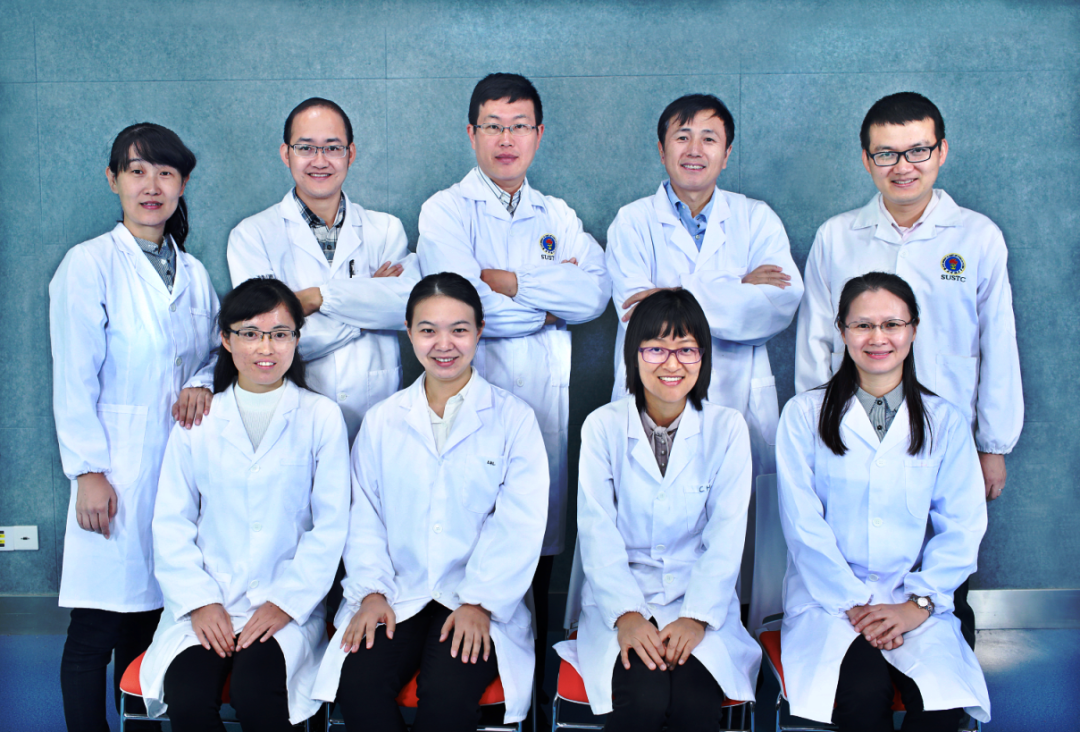Ideas are born and molded into new taught processes and breakthroughs in science and technology in the classroom. Recently, we delved further into this spectrum by taking an in-depth view inside the laboratories and classrooms of SUSTech to get a firsthand perspective on how these innovative talents of tomorrow are making advances in the field of science and technology
From making a mask to creating patterns for electronic chips to discovering energy storage batteries with zero pollution, the Department of Materials Science and Engineering (MSE) at SUSTech is introducing new and pioneering advances in science and engineering.

One particular course offered by SUSTech is an introductory elective experimental course called Magic Materials. It goes through a series of interesting and close-to-life basic experiments. It lets students understand the meaning and characteristics of materials discipline, stimulates scientific innovation, and lets the students take the lead.

If we look back through the history of time, you will find that we as human beings often divide civilization stages down by materials, such as stone, bronzes, iron, etc. In modern society, we live in the “silicon age”, to which silicon chips are a huge influence in new materials and humanity today. To some extent, it is these materials that are changing the evolution of human civilization.

The Magic Materials course pays more attention to the practicality and enjoyment of experimental projects in content design. It involves information materials, energy materials, biomedical materials, advanced processing and manufacturing of materials, and the application of these materials and technologies in the fields of information, energy, biomedicine, etc.
The experimental projects include the preparation of hydrogel masks and color-changing materials, the preparation and application of UV light curing adhesives, creating zero-pollution energy storage aluminum-air batteries, pattern plating in chip processing, laser marking, etc.

Students will be trained to perform basic experiments and deepen their understanding of basic theory courses through these experiments.
Jianwei SUN, an undergraduate student who took part in the course the last term, said, “This was a really enjoyable course. We learned how to prepare hydrogel masks and use UV curing technology to make cool cartoon models. We also used laser marking technology to make our own exclusive personalized brand.”

Due to SUSTech’s discipline structure, undergraduates don’t specialize in one specific major for their first year. They have the freedom to explore many different disciplines and subjects, so when it comes to choosing their major the following year, they will feel more confident in their decision that they have chosen the right pathway for them. This course provides freshmen with a flavor of what materials science is and the characteristics of related disciplines.
Haiou WANG, course director, said, “In terms of the design of the MagicMaterials course, we feel that the biggest challenge is to make both the scientific and practical aspects interesting. Taking into consideration the characteristics of materials science and the knowledge of the students, we select a series of experiments that can be accomplished within the class time but also beings intrigue and excitement.”


The Magic Materials course is taught by the experimental teaching team of MSE, including one professor, two associate researchers, and four laboratory technicians. The team has refined the teaching of experiments in materials science for many years. They are devoted to building a professional experimental teaching system that meets the requirements of cultivating high-quality, innovative talents.
Proofread ByYingying XIA
Photo ByDepartment of Materials Science and Engineering